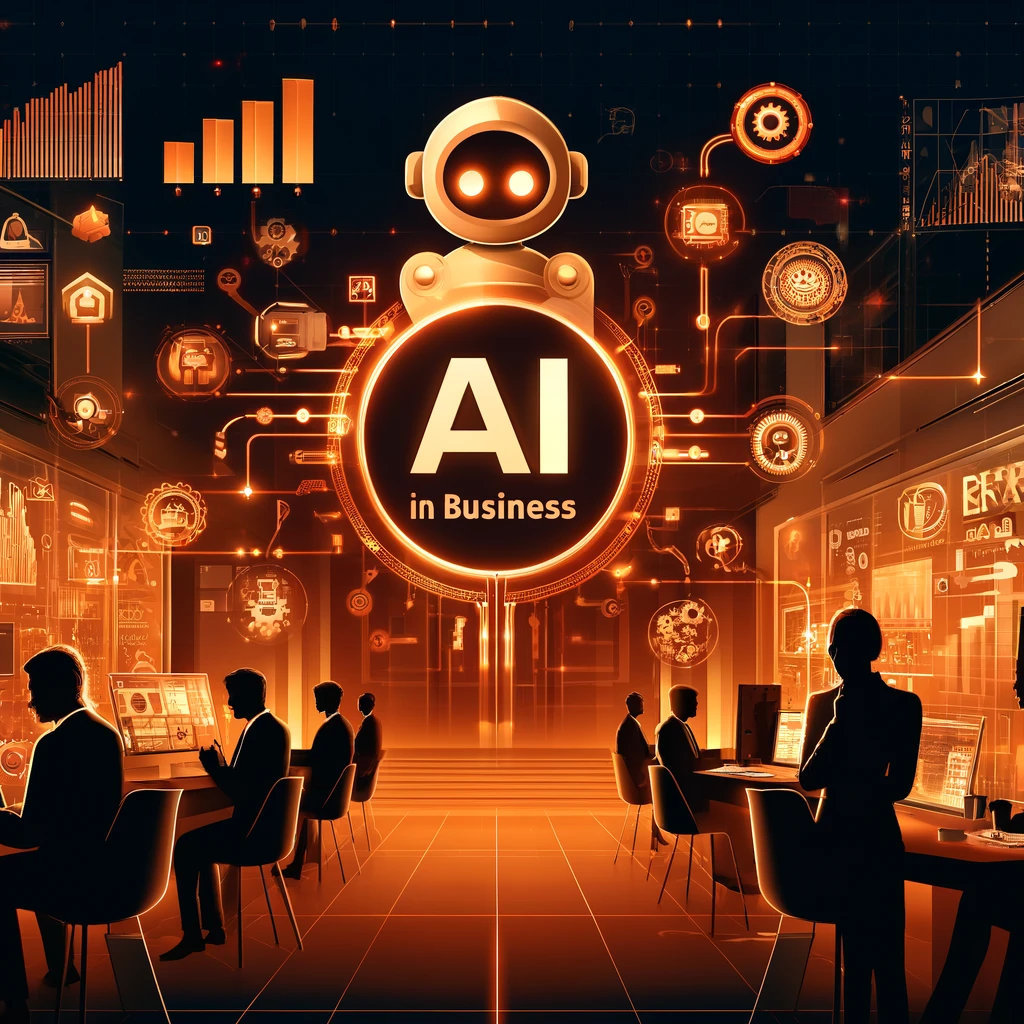Artificial Intelligence (AI) is transforming business landscapes across various sectors. As organizations strive to maintain a competitive edge, they increasingly turn to AI-driven solutions to optimize operations, enhance customer experiences, and drive innovation. In this comprehensive exploration, we delve into the latest AI tools and strategies that businesses can leverage to gain a competitive advantage in 2024 and beyond.
The Evolution of AI in Business
Historical Context and Current Trends
AI’s journey from theoretical concepts to practical applications has been remarkable. Initially, AI was confined to academic research and experimental projects. Today, it permeates every industry, from healthcare to finance, manufacturing, and retail. The rapid advancement in AI technologies such as machine learning (ML), natural language processing (NLP), and computer vision has propelled its adoption in business operations.
In 2024, several trends are shaping the AI landscape:
- Smaller, Efficient Models: Businesses are adopting smaller, more efficient AI models that offer high performance with lower computational requirements. Techniques like Low Rank Adaptation (LoRA) and quantization are enabling these compact models to deliver robust results while optimizing resource usage (IBM – United States).
- Generative AI: Generative AI, which creates new content based on existing data, is becoming increasingly useful. From deepfake technology in media production to AI-generated marketing content, businesses are exploring innovative ways to leverage this capability (MIT Technology Review).
- Customized AI Solutions: Companies are moving towards bespoke AI solutions tailored to their specific needs. This approach allows businesses to develop models that align closely with their unique data and operational requirements, enhancing their effectiveness (IBM – United States).
Strategic Implementation of AI
To harness the full potential of AI, businesses must integrate it strategically into their operations. This involves aligning AI initiatives with overall business goals, investing in the right technologies, and fostering a culture that embraces AI-driven innovation.
Key AI Tools and Technologies
AI-Powered Data Analytics
Data is the lifeblood of modern businesses, and AI has revolutionized how organizations analyze and utilize data. AI-powered data analytics tools can process vast amounts of data swiftly, uncovering insights that drive strategic decision-making. These tools enable predictive analytics, helping businesses anticipate market trends, customer behavior, and potential risks (ClearPoint Strategy).
Virtual Agents and Chatbots
Virtual agents and chatbots are becoming more sophisticated, providing customer support and engagement around the clock. These AI-driven tools enhance customer experience by delivering personalized interactions and resolving queries efficiently. The integration of NLP allows chatbots to understand and respond to complex customer inquiries, improving satisfaction and loyalty (MIT Technology Review).
AI in Operational Efficiency
AI is streamlining business operations by automating routine tasks, reducing human error, and freeing up employees to focus on higher-value activities. From supply chain management to financial planning, AI tools are enhancing operational efficiency and driving cost savings (ClearPoint Strategy).
AI for Risk Management
Risk management is another critical area where AI is making a significant impact. AI systems can detect anomalies and predict potential risks by analyzing historical data and identifying patterns. This proactive approach to risk management helps businesses mitigate threats before they materialize, ensuring continuity and stability (ClearPoint Strategy) (McKinsey & Company).
Case Studies: AI Success Stories
Microsoft Azure AI
Microsoft has been at the forefront of AI innovation, leveraging its Azure platform to deliver cutting-edge AI solutions. Custom-built silicon and AI accelerator chips like Azure Maia are tailored for high-performance AI workloads, enabling businesses to train and deploy sophisticated models efficiently. Microsoft’s AI tools are helping enterprises across various sectors transform their operations and achieve significant efficiencies (MIT Technology Review).
IBM Watsonx
IBM’s Watsonx platform exemplifies the shift towards more accessible and customizable AI models. By supporting deployment in various environments—from large public clouds to on-premises systems—Watsonx provides flexibility for businesses to optimize their AI strategies. Techniques such as LoRA and quantization enhance the performance of these models, making advanced AI capabilities available to smaller players and startups (IBM – United States).
Generative AI in Media
Generative AI is revolutionizing the media industry by enabling the creation of realistic deepfake technology and AI-generated content. Studios like Paramount and Disney are utilizing AI to enhance special effects and streamline production processes. Tools developed by companies like Synthesia allow for the generation of deepfake avatars, which are being used for marketing and training purposes (MIT Technology Review).
Strategic Considerations for AI Adoption
Building a Centralized AI Team
Successful AI implementation requires a centralized team to establish standards and protocols that support scalable AI solutions. This team should include data scientists, AI engineers, and experts in risk management and compliance. Centralizing AI competencies ensures that all parts of the business can leverage AI capabilities effectively while minimizing risks and containing costs (McKinsey & Company).
Continuous Learning and Upskilling
The AI landscape is rapidly evolving, necessitating continuous learning and upskilling. Businesses must invest in training programs to equip their workforce with the necessary AI skills. This includes not only technical proficiency but also design, contextual understanding, and collaboration skills, which are crucial for developing effective AI solutions (McKinsey & Company).
Ethical and Responsible AI
As AI becomes more pervasive, ethical considerations are paramount. Businesses must ensure that their AI systems are transparent, fair, and accountable. This involves developing robust frameworks for data privacy, bias mitigation, and ethical decision-making. Companies that prioritize responsible AI practices will build trust with their stakeholders and avoid potential legal and reputational risks (McKinsey & Company) (MIT Technology Review).
Conclusion
AI is a transformative force that offers unprecedented opportunities for businesses to gain a competitive edge. By strategically integrating AI into their operations, leveraging cutting-edge tools, and fostering a culture of continuous learning and ethical responsibility, businesses can navigate the complexities of the AI landscape and drive sustainable growth.
As we move further into 2024, the organizations that effectively harness the power of AI will be well-positioned to lead in their respective industries. The future belongs to those who prepare for it today, and AI is a critical component of that preparation.
Sources
- IBM Blog: The most important AI trends in 2024
- MIT Technology Review: Advancing AI innovation with cutting-edge solutions
- McKinsey: A generative AI reset: Rewiring to turn potential into value in 2024
- ClearPoint Strategy: Leveraging AI for a Competitive Advantage
- MIT Technology Review: What’s next for AI in 2024

